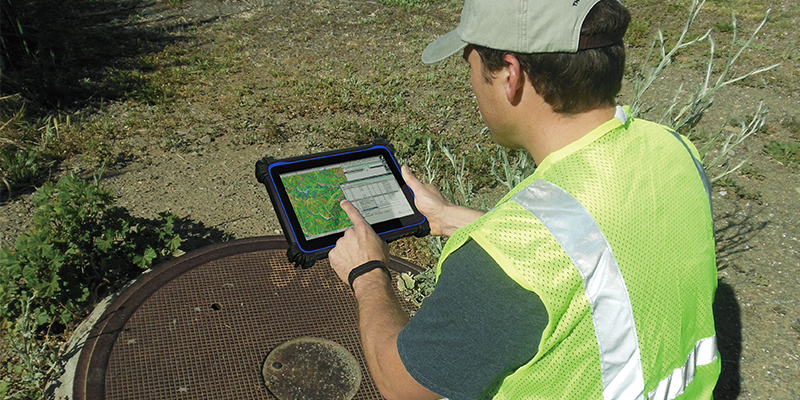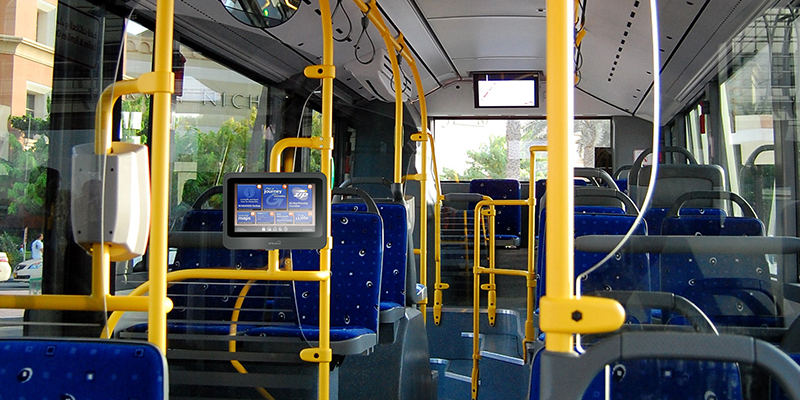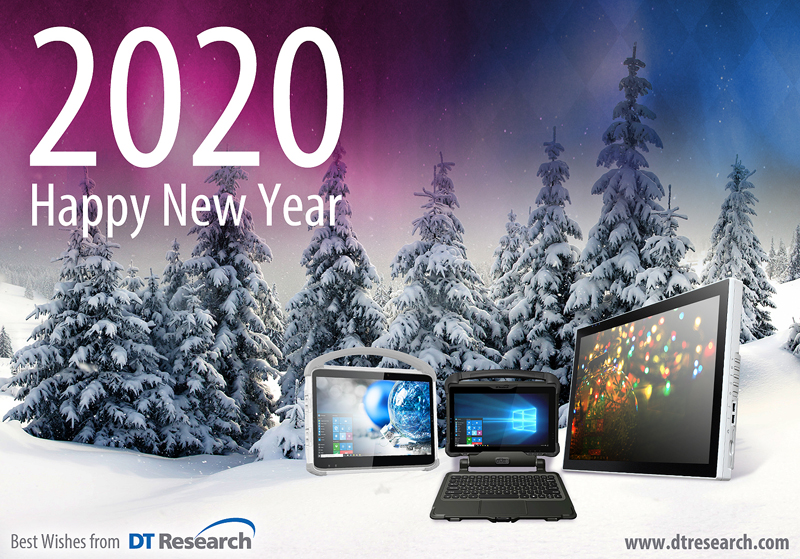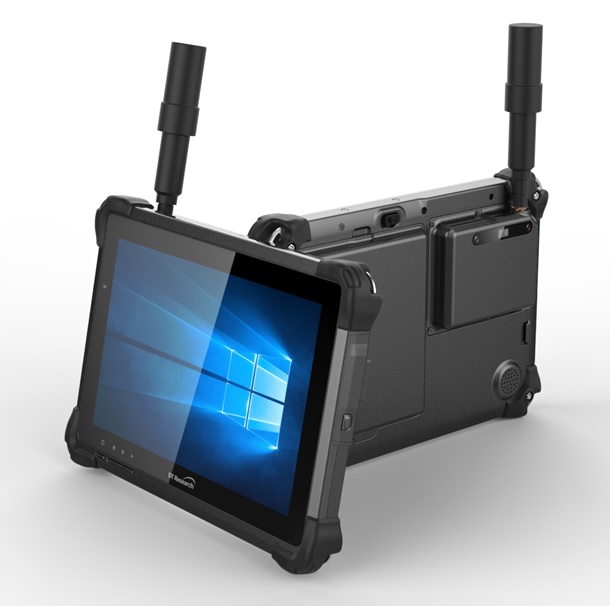
For anyone who is a part of the management of a city, building, facility, warehouse, or other pieces of infrastructure that uses electricity and water, they are well acquainted with the high cost of utilities as well as the difficulties that can come with maintaining them. Utility workers are responsible for a wide variety of tasks including various construction duties, installation, repair and maintenance of mains, service lines, meters, hydrants, and other apparatuses. They are responsible for ensuring water and electricity throughout the city, building or facility runs smoothly and efficiently. Should a problem arise, they are the first to respond.





